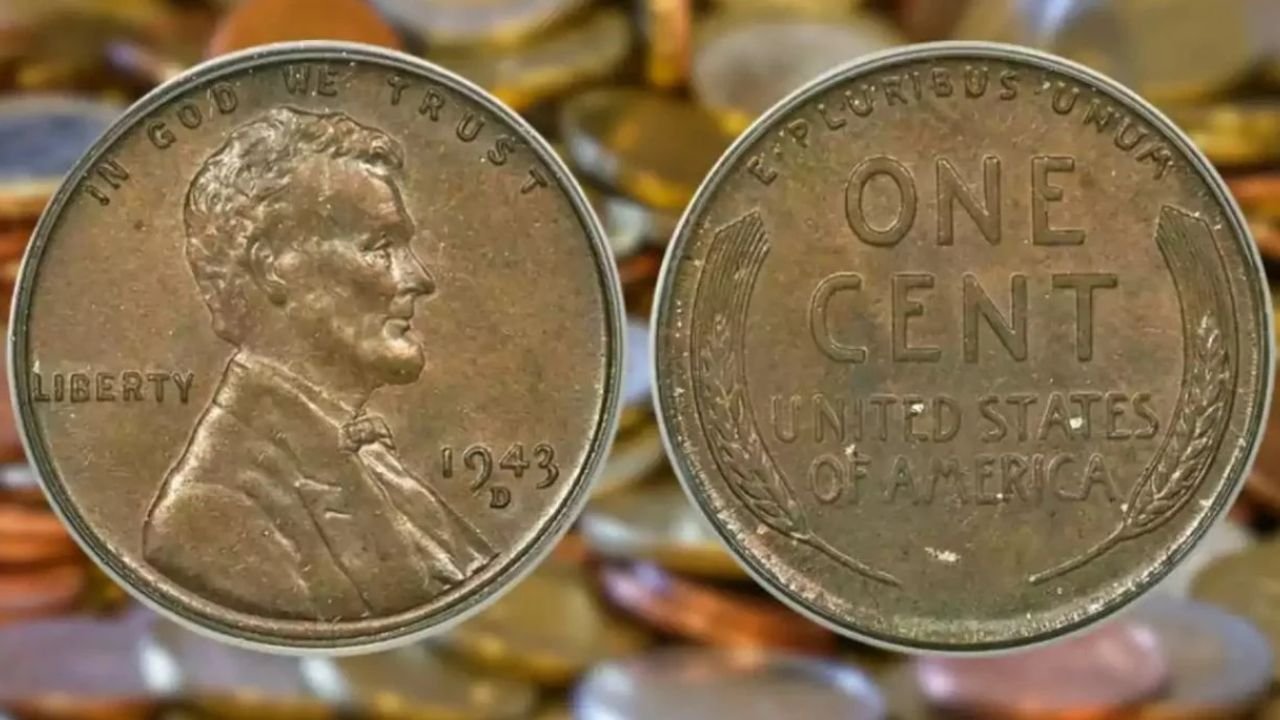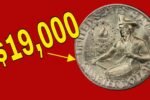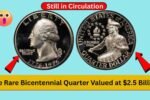The numismatic community has been abuzz with excitement lately, thanks to reports of a rare 1943 Lincoln Wheat Penny that allegedly sold for a jaw-dropping $2.3 million. While the authenticity of these reports remains uncertain, there’s no denying the enduring fascination this coin commands. This article delves into the rich history of the Lincoln Wheat Penny, explores what makes the 1943 bronze penny so valuable, and offers insights for collectors and investors alike.
The Origins of the Lincoln Wheat Penny
The Lincoln Wheat Penny is a cornerstone of American numismatic history. Designed by the renowned sculptor Victor D. Brenner, it debuted in 1909 to honor Abraham Lincoln’s 100th birthday. This iconic coin, also known as the Lincoln Cent, features a portrait of the 16th President on the obverse and two wheat stalks on the reverse, symbolizing prosperity.
However, it was during the challenging times of World War II that this coin reached legendary status. In 1943, due to wartime copper shortages, the U.S. Mint began producing pennies from zinc-coated steel to conserve copper for military needs. Yet, in a rare and accidental twist of history, a handful of 1943 Lincoln Wheat Pennies were struck in the usual bronze alloy (95% copper, 5% tin and zinc). These error coins, primarily minted in Denver and marked with a small “D,” were never intended for circulation but somehow slipped through, making them among the most coveted coins in the world.
Why the 1943 Bronze Wheat Penny Is So Valuable
The value of the 1943 bronze Lincoln Wheat Penny lies in its extraordinary rarity and historical significance. Numismatic experts estimate that only 10 to 15 examples exist today. Most of these are securely housed in museums or private collections, where they’re cherished as numismatic treasures.
Its scarcity, combined with the dramatic story of its accidental production during a time of global turmoil, has elevated its worth to astronomical levels. In 2010, one such penny sold for $1.7 million at auction, and its value has only continued to rise. While recent rumors claim a record-breaking sale at $2.3 million, experts urge caution, as no official auction records have surfaced to validate these figures.
Also Read – New Tata Altroz facelift launched with shandar mileage and features
Rare Pennies and the Exciting World of Coin Collecting
Beyond the legendary 1943 bronze penny, other rare Lincoln Wheat Pennies have captured the imaginations of collectors. Take, for example, the 1944-S Steel Wheat Penny, which fetched an impressive $1.1 million at auction, or the 1793 Strawberry Leaf Cent that sold for a staggering $862,000. These examples underscore the growing interest in rare coins as an alternative investment, driven by their historical allure and potential for significant appreciation.
However, with growing interest comes an increased risk of counterfeiting. Many fake 1943 bronze pennies exist, often created by altering common 1948 pennies. Therefore, experts emphasize the importance of professional authentication and purchasing only from reputable auction houses and dealers.
Could You Find a 1943 Bronze Lincoln Wheat Penny in Your Pocket?
While the odds of stumbling upon a multi-million-dollar Lincoln Wheat Penny in your pocket change are extremely slim, it’s not entirely impossible. Most surviving examples are in the hands of serious collectors or displayed in museums. However, searching old coin jars or family heirloom collections can sometimes yield valuable finds.
It’s worth noting that even regular Lincoln Wheat Pennies—produced from 1909 to 1958—can be valuable depending on their rarity, condition, and mint marks. In some cases, these coins can fetch anywhere from $50 to over $10,000.
The Growing Popularity of Coin Collecting
Coin collecting, known as numismatics, has evolved into more than just a hobby. It’s now seen as a legitimate investment avenue that combines historical interest with potential financial gain. Rare coins like the Lincoln Wheat Penny can provide a hedge against stock market volatility and are prized for their tangible, historical nature.
For newcomers, experts recommend starting small. Focus on collecting sets of more common coins, like Lincoln Wheat Pennies, and familiarize yourself with grading standards. Reputable services like PCGS (Professional Coin Grading Service) and NGC (Numismatic Guaranty Corporation) can help verify authenticity and condition.
Separating Fact from Hype
The $2.3 million figure for the 1943 bronze Lincoln Wheat Penny might be thrilling to imagine, but it’s crucial to separate hype from reality. Always verify such claims through trusted sources like Heritage Auctions or Stack’s Bowers Galleries. Whether you’re a seasoned numismatist or just getting started, the real value of coins like the Lincoln Wheat Penny lies not only in their monetary worth but also in their rich history and the excitement of the hunt.
FAQs
Q: What makes the 1943 bronze Lincoln Wheat Penny unique?
A: It was accidentally struck in bronze instead of steel, making it an extremely rare minting error.
Q: How can I tell if my 1943 penny is bronze?
A: Use a magnet—steel pennies will stick, but bronze ones won’t. For certainty, have it graded by PCGS or NGC.
Q: Are Lincoln Wheat Pennies still in circulation?
A: Most were pulled decades ago, but you might still find one in old jars or inherited collections.
Q: What’s the best way to start collecting?
A: Begin with affordable Lincoln Wheat Pennies, research their history, and work with trusted dealers and auction houses.
Some Important Link
| Telegram Group | Click Here |
| WhatsApp Group | Click Here |
| Home Page | Click Here |















